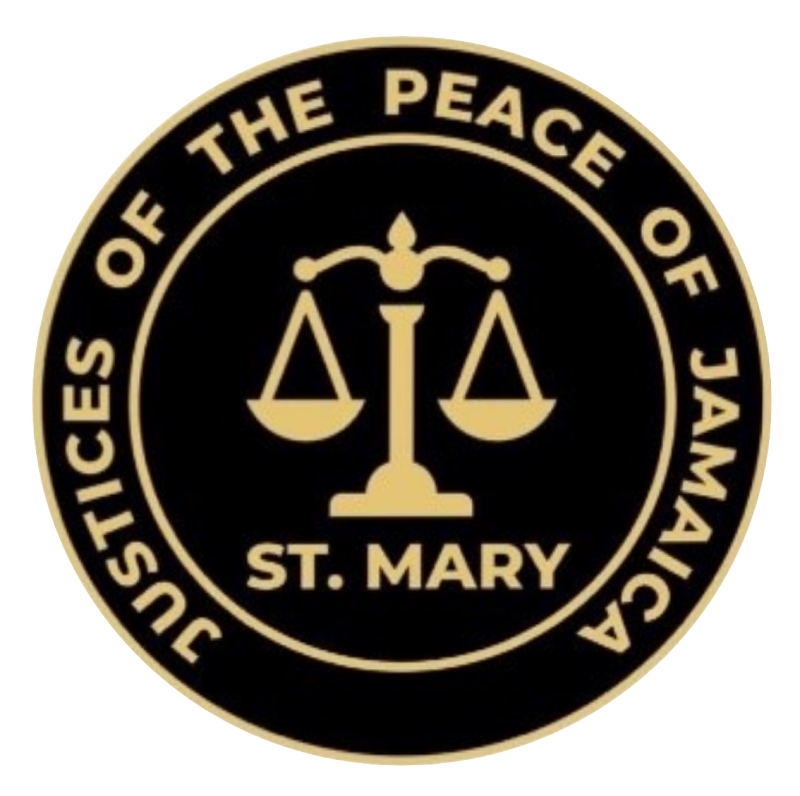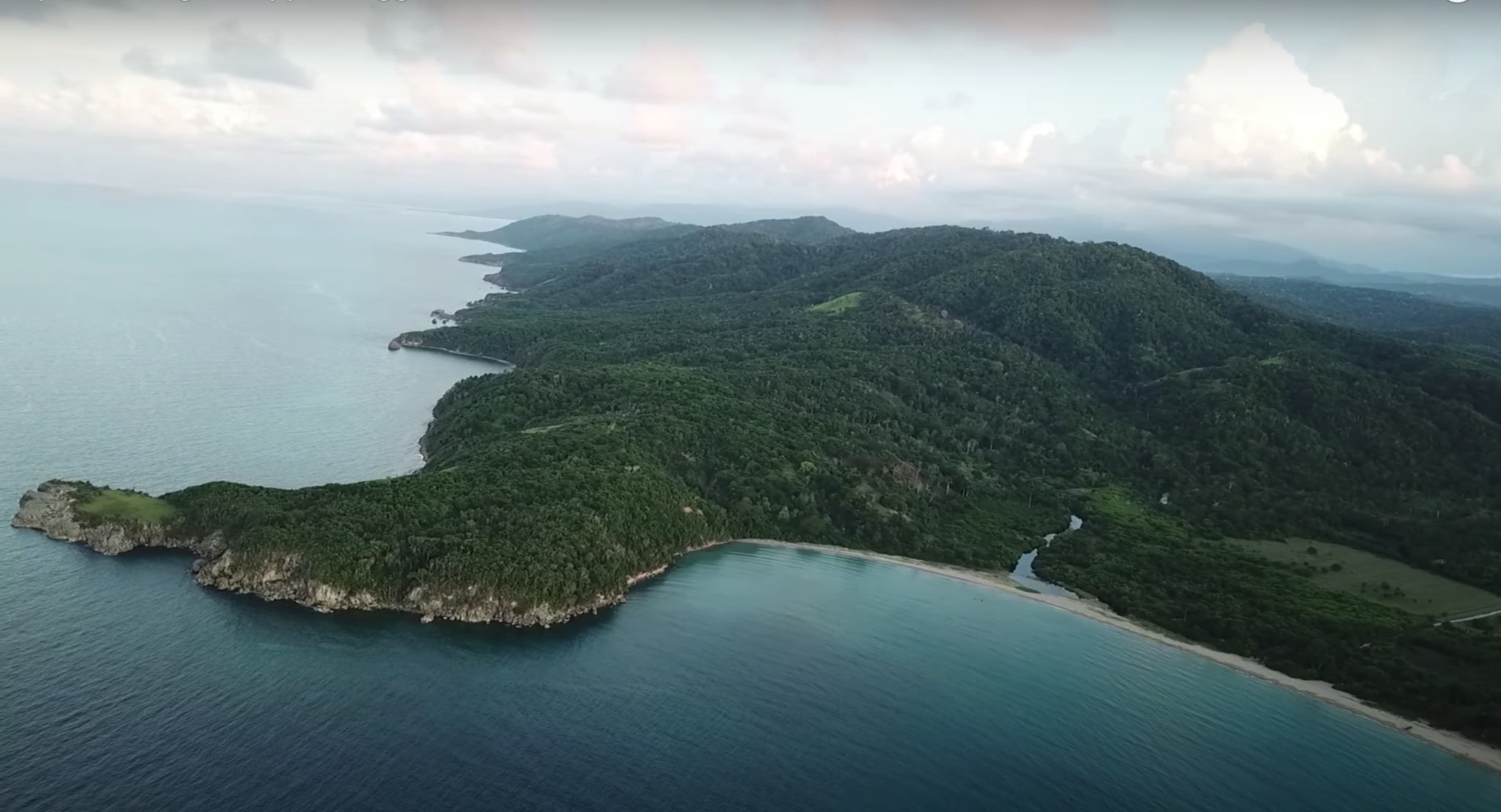St. Mary, located on Jamaica’s northeastern coast, is a parish that offers a rich blend of history, culture, and breathtaking natural beauty. Known for its lush green landscapes, stunning beaches, and vibrant communities, St. Mary holds a special place in the hearts of both locals and visitors alike. Whether you’re planning a visit or simply curious about one of Jamaica’s most charming parishes, this blog provides an in-depth look at St. Mary, exploring its history, cultural significance, and natural attractions.
A Brief History of St. Mary
St. Mary was established as a parish in 1866, though its roots trace back to earlier periods in Jamaica’s colonial history. The parish is named after St. Mary, a figure in the Christian tradition, reflecting the strong religious heritage that continues to influence life in the area today.
Historically, St. Mary was a significant area for sugar plantations, with much of its land worked by enslaved Africans during the colonial era. After emancipation in 1838, the parish saw the rise of small farming communities, and agriculture, particularly banana and coconut production, became a key part of the local economy.
In the 20th century, St. Mary underwent significant changes with the expansion of tourism and the growth of urban areas. Over the years, it has evolved into a vibrant community that blends its historical roots with modern-day developments, becoming one of the island’s popular destinations for travelers seeking both adventure and relaxation.
Geography and Natural Beauty
St. Mary boasts a stunning landscape that is a mix of rolling hills, lush rainforests, and picturesque coastlines. It is bordered by the Atlantic Ocean to the north, making it a prime location for scenic beach resorts and fishing villages.
Some notable natural attractions in the parish include:
- James Bond Beach: Located in Oracabessa Bay, this beach is named after the famous British spy, James Bond, due to its role in the filming of the movie Dr. No. The beach is a popular spot for swimming, sunbathing, and enjoying fresh seafood from the local vendors.
- Reggae Falls: A hidden gem located near the village of Islington, Reggae Falls is a beautiful waterfall that cascades down into a cool, natural pool. It is a favorite among nature lovers and hikers.
- Seville Great House and Heritage Park: A significant historical site, Seville Great House is a plantation estate that dates back to the 17th century. Visitors can explore the museum and learn about the island’s colonial past.
- Blue Mountain Range: On the southern border of St. Mary lies the Blue Mountain range, known for its cool climate, stunning views, and coffee plantations. This mountain range is home to the world-famous Blue Mountain Coffee, one of the most sought-after coffees globally.
Culture and Traditions
The culture of St. Mary is rooted in a rich blend of African, European, and indigenous Jamaican influences. The parish is known for its vibrant festivals, music, and culinary traditions, which draw heavily on its agricultural roots.
- Music: St. Mary has been a key area for the development of reggae, ska, and dancehall music, with many local artists contributing to Jamaica’s global musical legacy. The parish also hosts several music festivals, including the popular “Oracabessa Festival” that celebrates reggae, dancehall, and roots music.
- Cuisine: The food in St. Mary is a delightful reflection of Jamaica’s culinary diversity. Seafood is a major part of the local diet, and dishes like pepperfish, escovitch fish, and bammy are staples. The parish is also known for its delicious jerk chicken, patties, and ackee and saltfish, all of which represent the best of Jamaican cuisine.
- Festivals and Events: In addition to the Oracabessa Festival, St. Mary also celebrates several other cultural events, such as the St. Mary Agricultural Show and Christmas and New Year celebrations, which feature local music, dance, and traditional foods.
Key Figures and Institutions
St. Mary has produced some notable figures in Jamaican history, and it remains home to several key institutions that serve the parish and its people.
Custos of St. Mary
The Custos is the Queen’s representative in the parish and plays an important role in maintaining public order, promoting civic responsibility, and overseeing community activities. The Custos of St. Mary is often involved in local charitable events and initiatives, working alongside other governmental and civic leaders to improve the welfare of the parish.
Education and Healthcare
St. Mary is home to several primary and secondary schools, many of which are deeply involved in the community. Institutions like the Oracabessa High School, St. Mary High School, and Islington High School provide education to the next generation of Jamaicans, and the educational system has seen significant improvements over the years.
In terms of healthcare, Port Maria Hospital, located in the parish capital, provides healthcare services to residents and visitors. The hospital offers emergency care, outpatient services, and various medical treatments, supported by a network of community health centers across the parish.
Conclusion
St. Mary is a dynamic and diverse parish that offers something for everyone, from its scenic landscapes to its rich cultural heritage. Whether you are exploring the area for its natural attractions, enjoying local festivals, or simply soaking in the history, the parish’s beauty and spirit will undoubtedly leave a lasting impression.
With its blend of history, culture, and modern development, St. Mary is a place that perfectly encapsulates the essence of Jamaica. The parish continues to thrive as both a tourist destination and a close-knit community, where local traditions and modern innovations coexist in harmony.


Leave a Reply